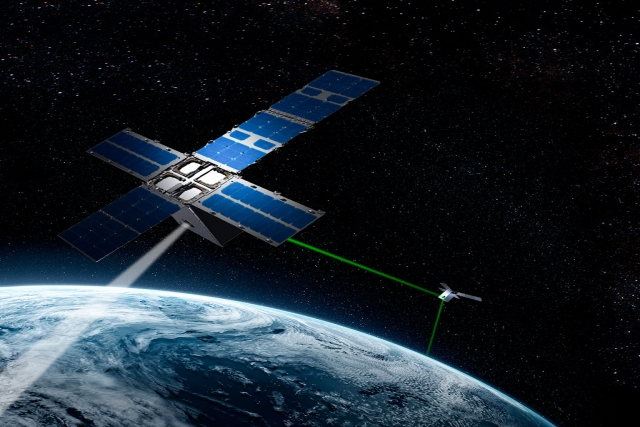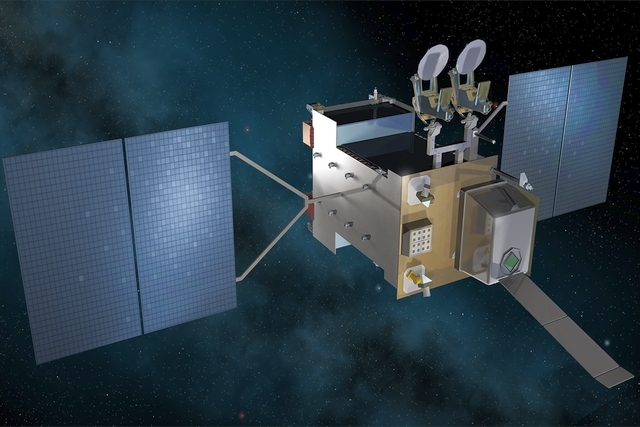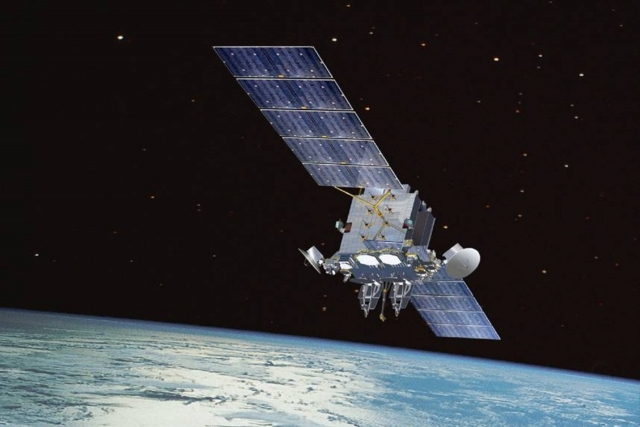Space Development Agency Seeks Hypersonic Missile Defense Satellites

The U.S. Space Development Agency (SDA) has announced a search for contractors to build a sensor network in space to track hypersonic missiles cruising at 3,100mph.
On June 5, the Agency issued a request for proposal (RFP) that calls for "commercial services to launch and support its Tracking Phenomenology Experiment [TPE].” It is soliciting bids to integrate a missile-warning sensor with a satellite bus and launch it to low Earth orbit by late 2021.
The “tracking phenomenology experiment” is to develop sensor algorithms for a future missile detection network in space.
Proposals are due July 6.
The package is the first part of SDA’s plan to deploy a large constellation of low orbiting satellites in 2022 to target hypersonic weapons and ballistic missiles, Space News wrote.
Sensors that can identify missile signals in background noise and clutter will be developed under the tracking experiment. “It will characterize scene backgrounds for a range of satellite viewing conditions to optimize algorithms, concepts of operations and wavebands for advanced missile detection and tracking,” the RFP said.
The missile defense phenomenology experiment will supplement two other satellites being developed by Defense Advanced Research Projects Agency (DARPA) under the Blackjack program.
“There will be at least three LEO OPIR [overhead persistent infrared] satellites flown. These experiments will collect data “so that we can really justify that we’ve chosen the correct bands, that we understand some of the phenomenology” Derek Tournear, the director of the SDA, said June 4 during a Missile Defense Advocacy Alliance webcast.
By 2022 or 2023, a missile warning network with about 70 wide-field-of-view and medium-field-of-view satellites is planned.
The contractor in this project will be responsible for taking a SDA sensor payload, integrating it with a satellite bus and putting it on a launch vehicle.
The proposal's requirements include pitches for program management, spacecraft bus fabrication, satellite integration, mission integration, shipment of satellite to launch site, launch site support, ground and flight system safety, satellite bus and OPIR [Overhead Persistent Infrared] payload data delivery, and performance assurance.













